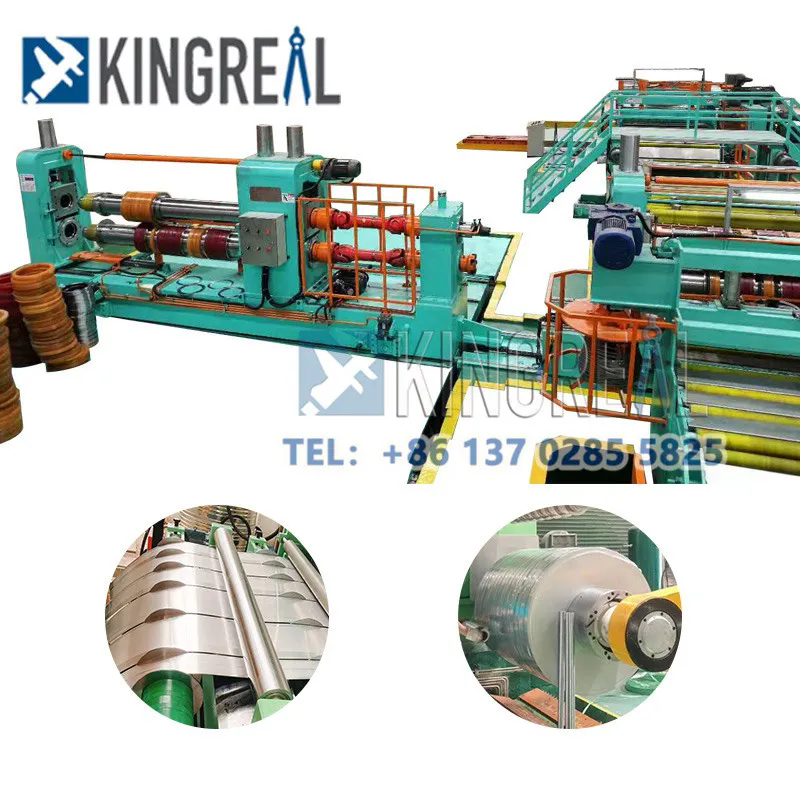What is the Purpose of a Coil Slitting Machine in Metal Processing?
2024-10-24
What is a coil slitting machine?
A coil slitting machine is a specialized piece of equipment used in metal processing to cut large coils of material, such as steel or aluminum, into narrower strips. This machine is essential for producing specific widths of metal sheets that can be further processed or used in various applications, such as manufacturing, construction, and automotive industries.
How does a coil slitting machine work?
The operation of a coil slitting machine involves feeding a large coil of material into the machine, where it is unwound and passed through a series of rotating blades. These blades slice the coil into the desired width, and the resulting strips are then rewound onto separate spools or collected for further processing. The process ensures precision cutting and maintains the integrity of the material.
What are the advantages of using a coil slitting machine?
Using a coil slitting machine offers several advantages, including:
- Efficiency: The machine can quickly process large volumes of material, reducing production time and costs.
- Precision: It provides accurate cuts, ensuring uniformity in the width of the metal strips, which is crucial for quality control in manufacturing.
- Versatility: Coil slitting machines can handle various materials and thicknesses, making them adaptable for different industries and applications.
Where are coil slitting machines commonly used?
Coil slitting machines are widely used in industries such as metal fabrication, automotive manufacturing, appliance production, and construction. They are vital in preparing metal strips for components like brackets, fasteners, and other products requiring precise metal dimensions.
What should manufacturers consider when choosing a coil slitting machine?
When selecting a coil slitting machine, manufacturers should consider factors such as the machine's capacity, blade quality, and compatibility with the materials they intend to process. It's also essential to evaluate the machine's automation features, ease of operation, and maintenance requirements to ensure it meets production needs and contributes to overall efficiency.



